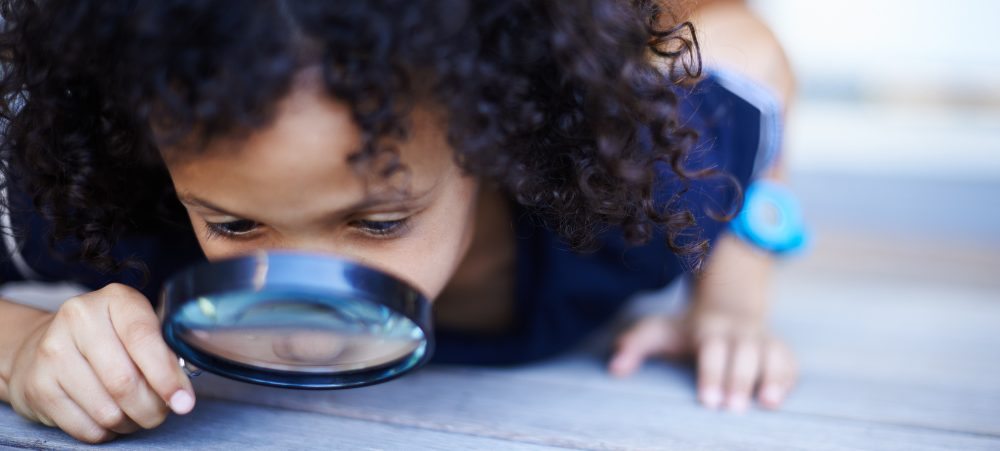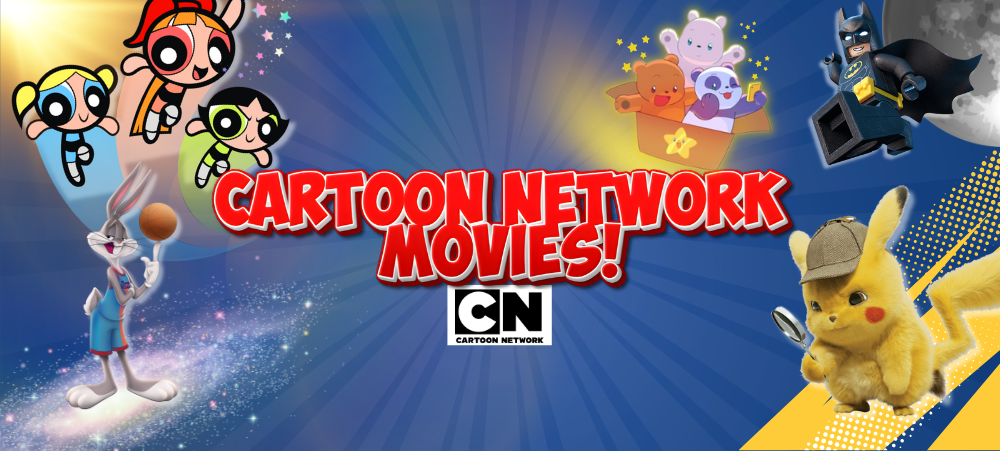“Why is the sky blue?”
“Where do birds sleep at night?”
“Why do we have to eat vegetables?”
If you’re hearing questions like these daily (and sometimes dozens in one sitting!), congratulations — your child’s curiosity is thriving. Curiosity is one of the most powerful drivers of learning and development. But it needs nurturing.
By turning your child’s questions into meaningful learning moments, you can help raise curious thinkers who love exploring, problem-solving, and understanding the world around them.
🔍 Why Curiosity Matters
Curiosity fuels the brain’s learning engine. Neuroscientists have found that when children explore new ideas and ask questions, their brain releases dopamine — the “feel-good” chemical — which makes learning exciting and rewarding.
According to the American Academy of Pediatrics, encouraging curiosity in early childhood supports language skills, cognitive development, and emotional resilience.
💡 How to Turn Questions into Learning Moments
1. Welcome All Questions
Even if it’s a repeat or a tough one, answer with patience and enthusiasm. This shows your child that their thoughts are valued.
2. Ask Back
If you don’t know the answer, say so — and model how to find out. “Great question! Let’s look it up together,” teaches problem-solving and research skills.
3. Expand the Conversation
Turn simple questions into bigger explorations. If they ask why the sky is blue, you can talk about sunlight, the atmosphere, and even point out clouds or sunsets.
4. Encourage Hands-On Learning
Follow up questions with activities. For example, if they ask how plants grow, plant seeds together and observe them sprout over time.
5. Use Everyday Moments
Curiosity doesn’t have to be limited to books or screens. Cooking, walking outside, or doing chores can all spark questions and discovery.
🚫 What to Avoid
- Dismissing questions with “Because I said so.”
- Ignoring or rushing through their curiosity.
- Giving overly complex or vague answers that shut down further inquiry.
📚 Supporting Tools and Resources
- Books and apps designed for curious kids (like National Geographic Kids).
- Science kits and experiment boxes.
- Visits to museums, zoos, or nature centres.
Sources:
- American Academy of Pediatrics – healthychildren.org
- National Association for the Education of Young Children (NAEYC) – naeyc.org
- Harvard Graduate School of Education – “Curiosity and Learning”
- Psychology Today – “The Science of Curiosity”
We understand that there are many aspects that encompass a Mother, Father or Child and strive toward providing resources and services that accommodates this.
Our content is aimed to inform and educate families on issues starting from pregnancy through to the challenges of the teen-age years.
- From Pain to Possibility: Panado®’s New Marketing Campaign, Highlights The Joy Of Pain Relief - December 10, 2025
- Feeding Unicorns by Jeni-Anne Campbell: A bold new book for business leaders who care - December 9, 2025
- The Benefits of PLAYMOBIL – Through the Eyes of a Qualified Play Therapist - December 2, 2025





